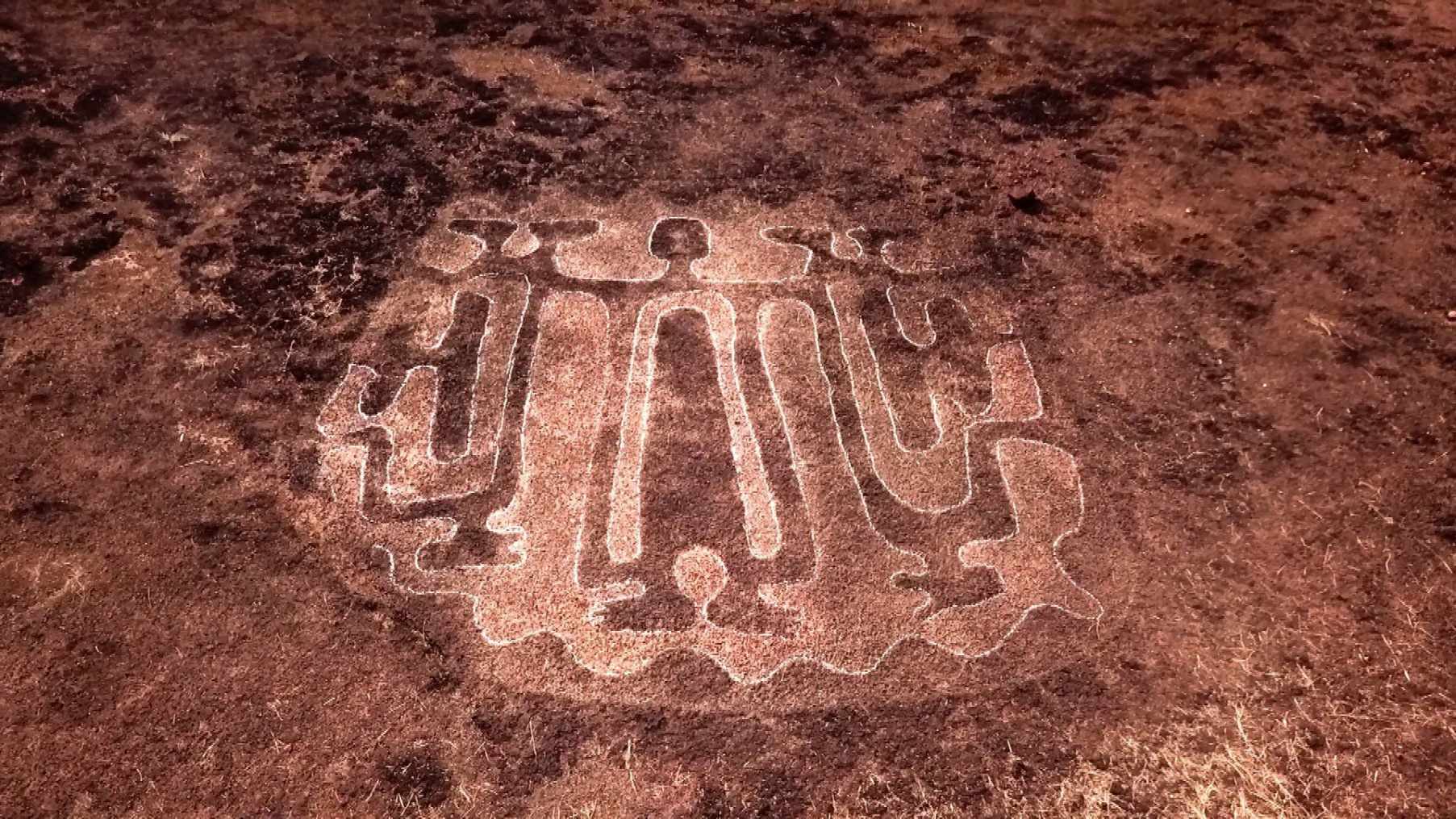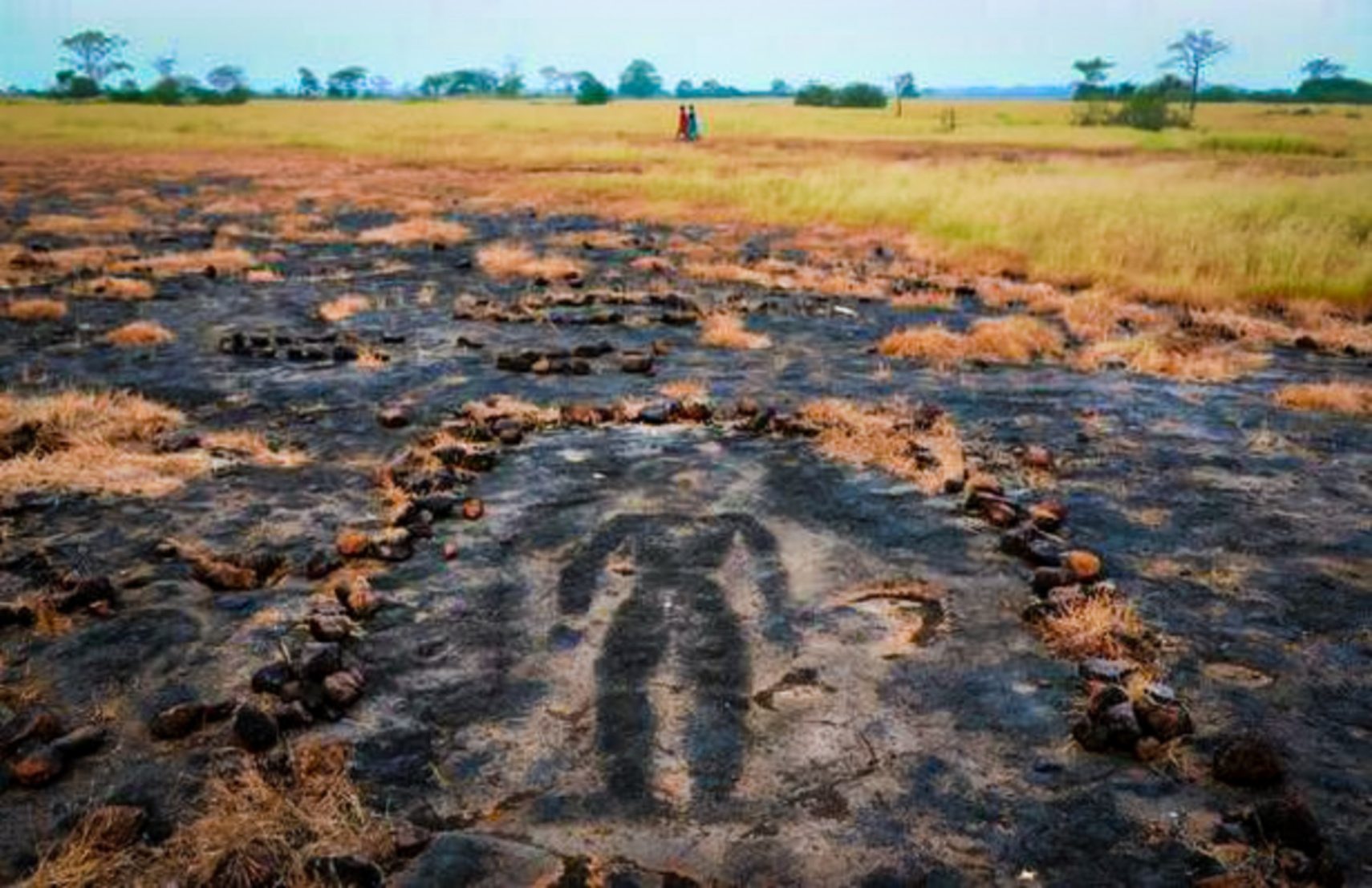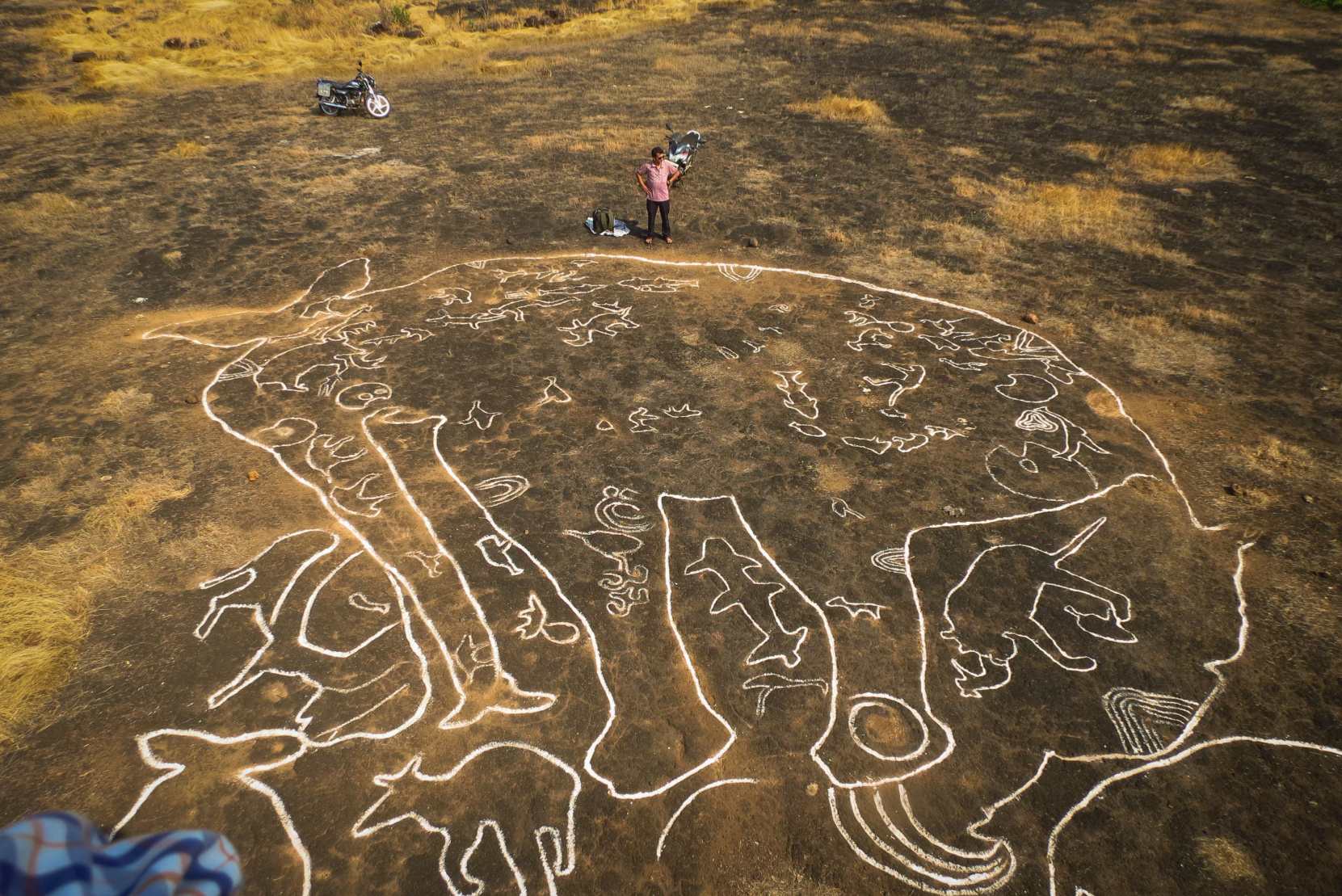Within the Konkan region of western Maharashtra, located in western India, there are five villages that have always been aware of the mysterious drawings that surround them. The ancient pictographs soon came to the attention of archaeologists. With curiosity piqued, they continued their investigation of nearby villages. The outcome really blew everyone’s mind.

There were thousands of rock carvings (also known as petroglyphs) from the prehistoric era found. The majority of them had been forgotten about for millennia since they were buried under the soil. The breathtaking artwork featured a variety of subjects, such as birds, animals, people, and marine life, as well as unique geometric designs.
The pictographs are the only surviving pieces of an ancient lost civilization that no one was aware ever existed. As a result, they are the only source of information for archaeologists interested in learning more about the mysterious culture.

Because they drew on almost every hill at that time, archaeologists have been able to determine that the civilization existed approximately around 10,000 B.C.
The paucity of art representing farming and the abundance of paintings depicting hunted animals gave the impression that these people were hunters and gatherers with little interest in agriculture.

“We have not found any pictures of farming activities,” Tejas Garge, the director of the Maharashtra state archaeology department, told the BBC. “But the images depicted hunted animals and there’s detailing of animal forms. So this man knew about animals and sea creatures. That indicates he was dependent on hunting for food.”
There was a mystery surrounding these artists, who carved animals such as hippopotamus and rhinoceroses. Neither of these species has ever been existed in that region. The fact that the ancient civilization was aware of them provides evidence that the people came from another region or that western India once contained rhinos and hippos.




